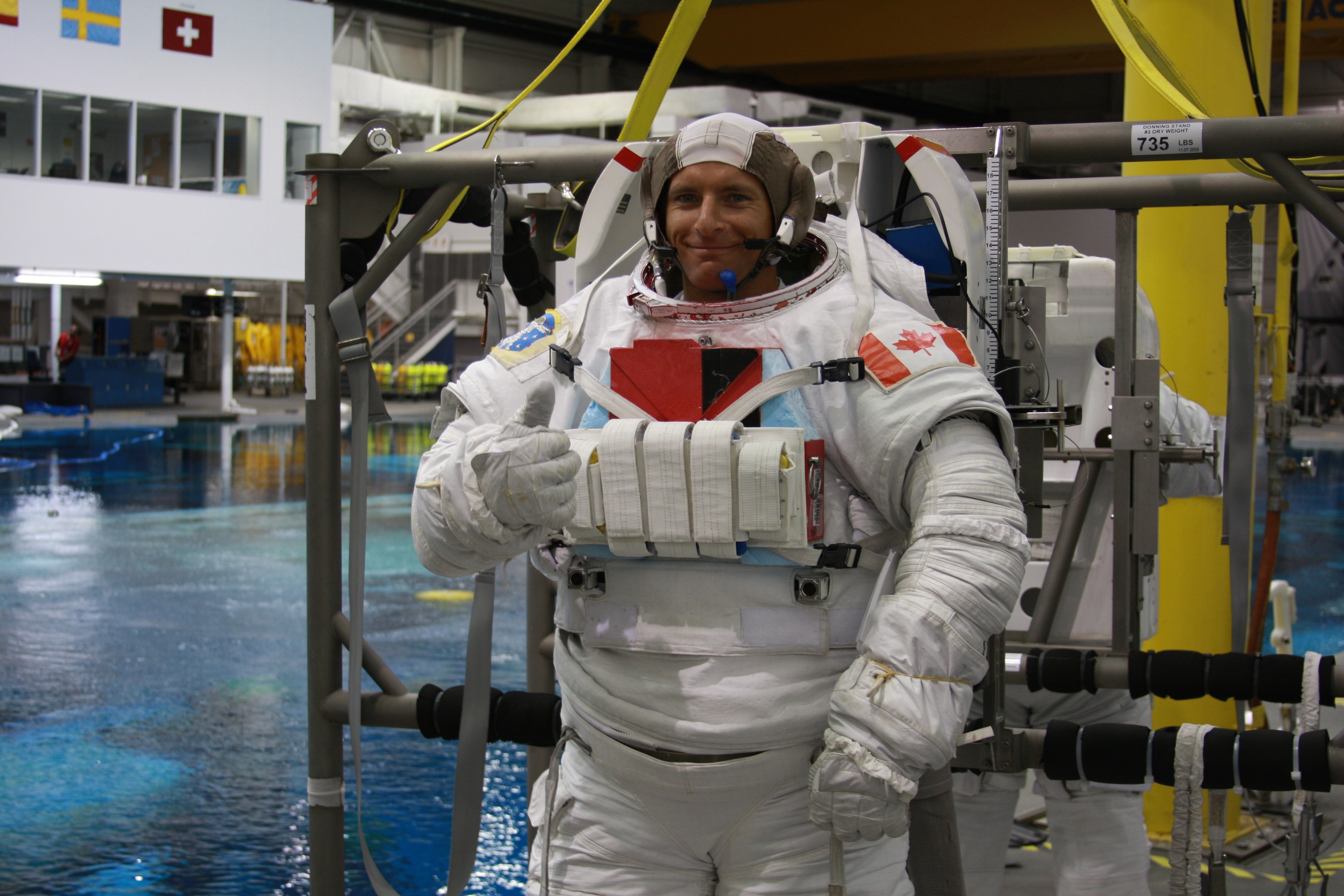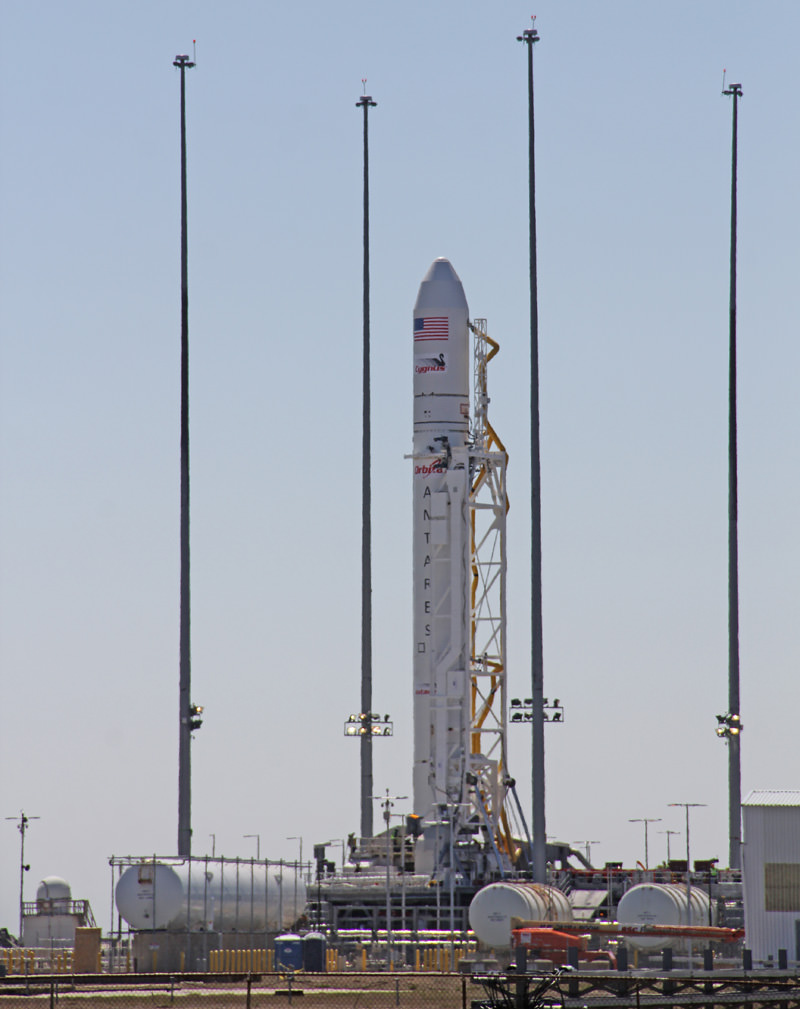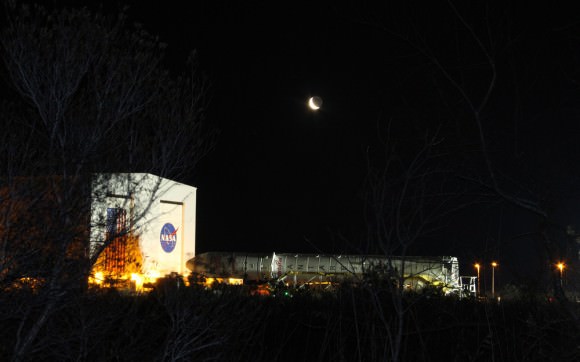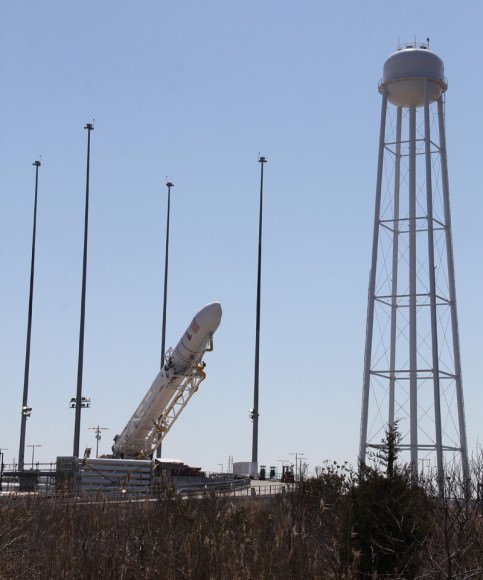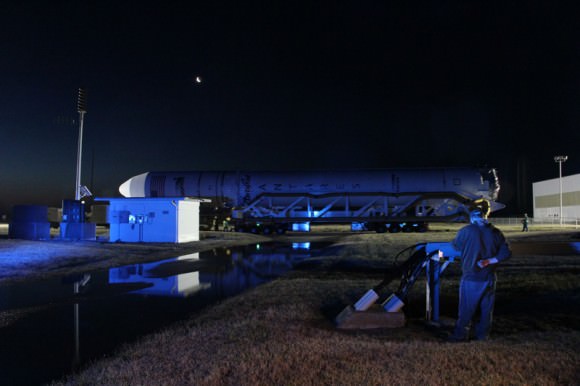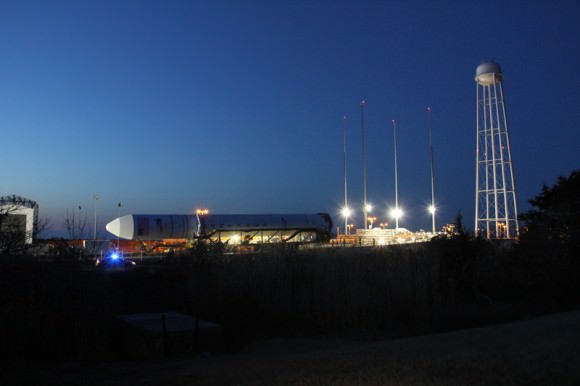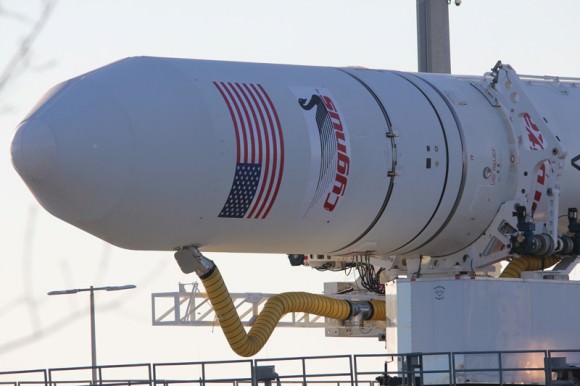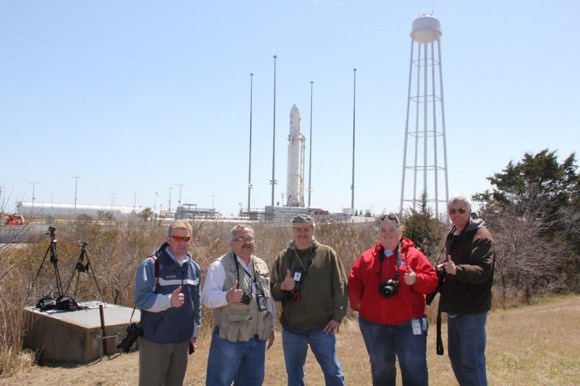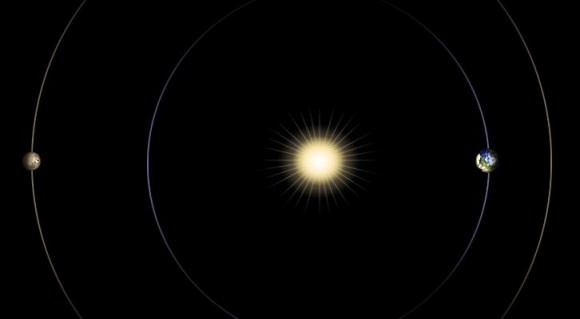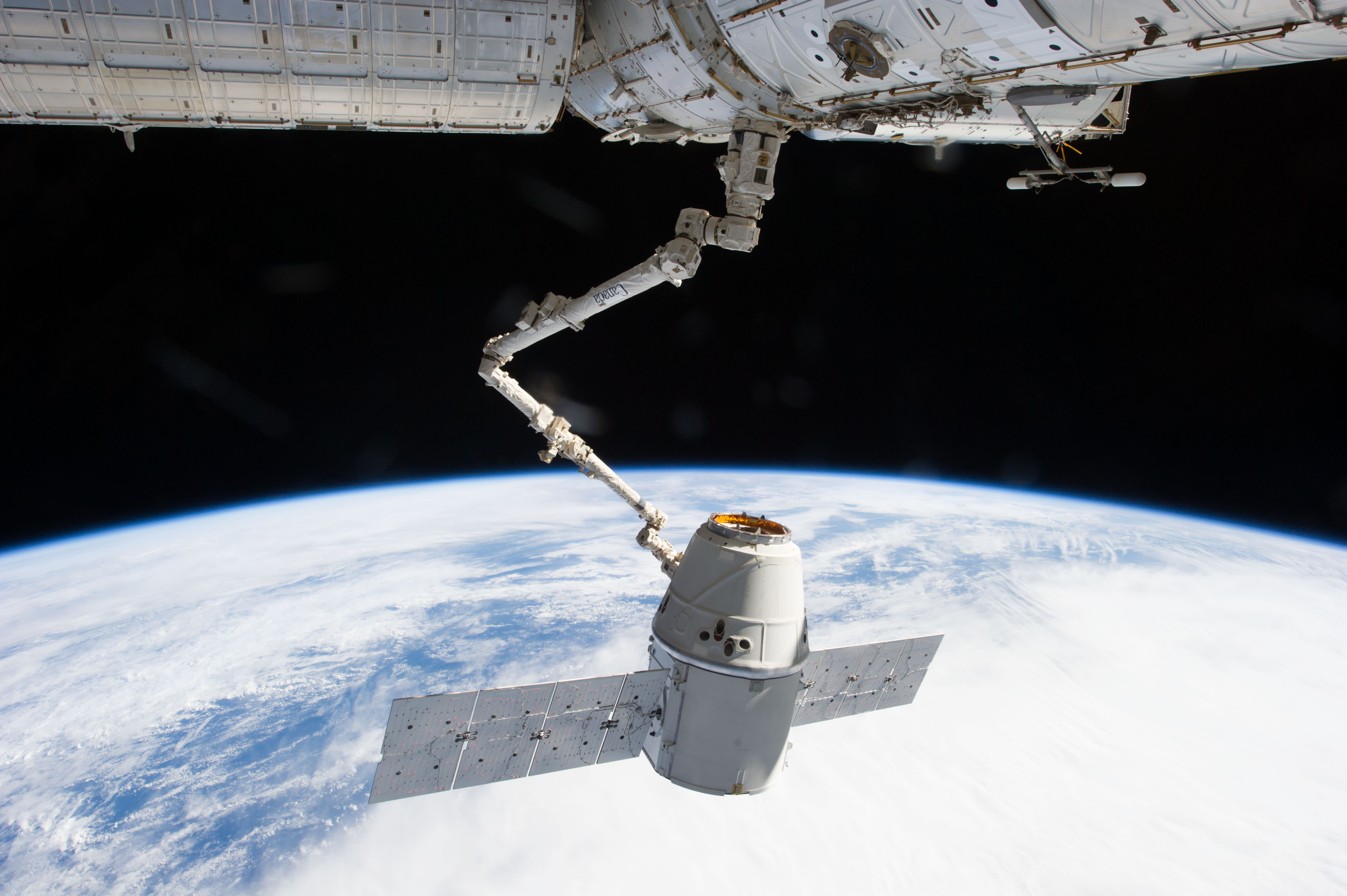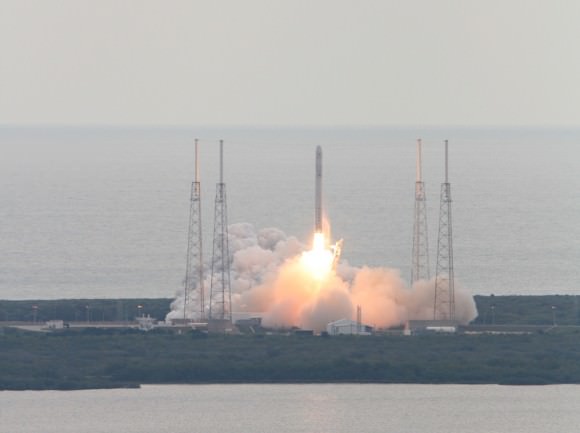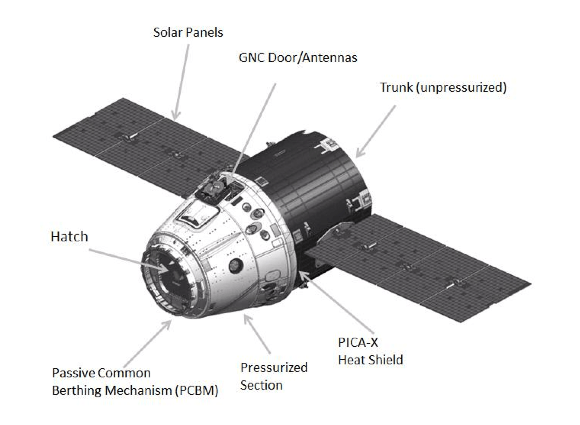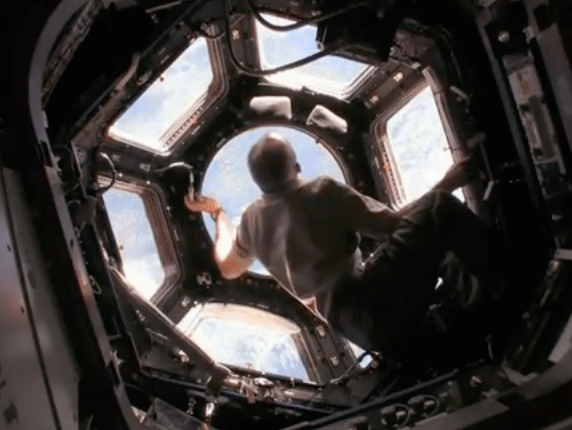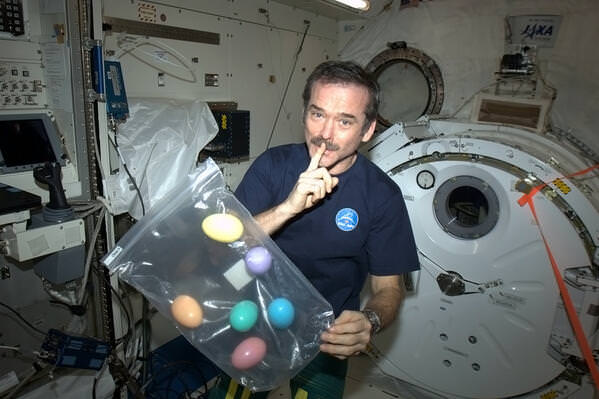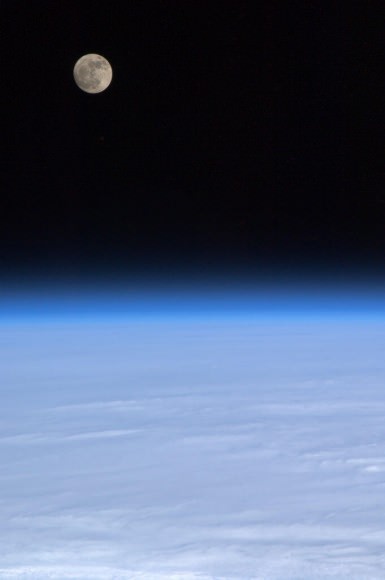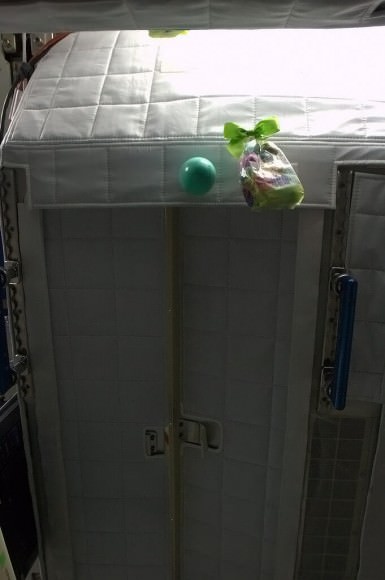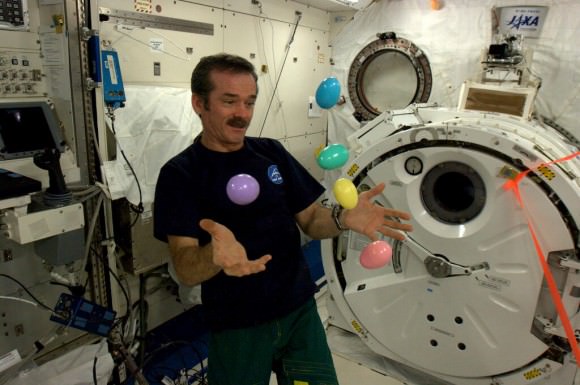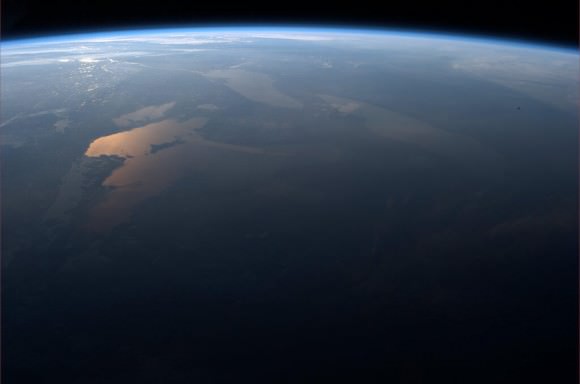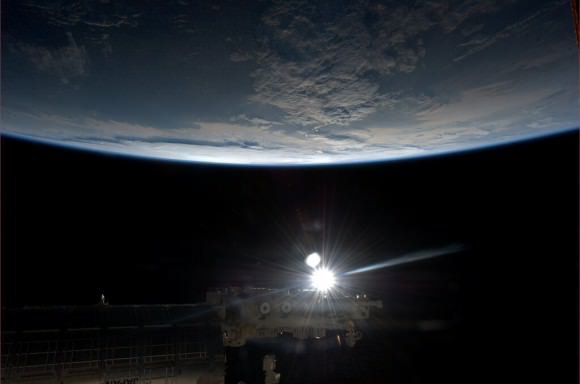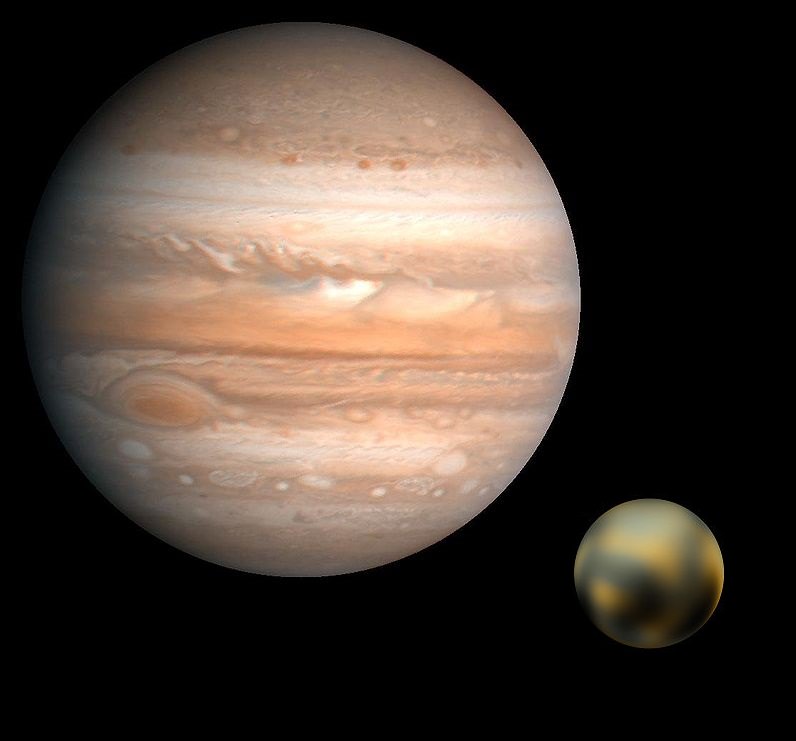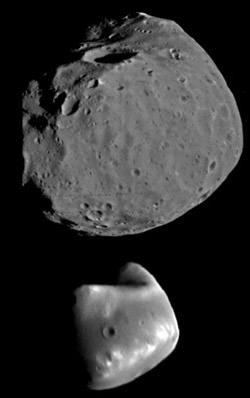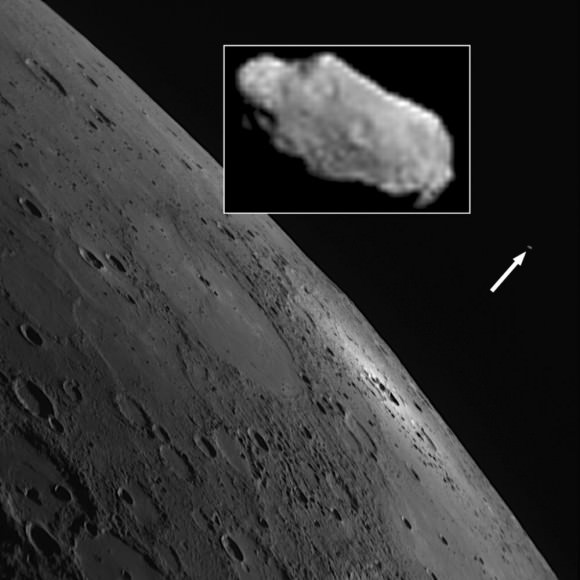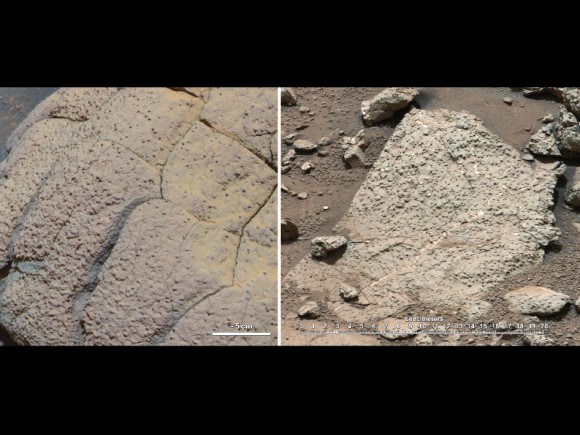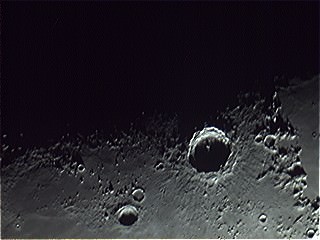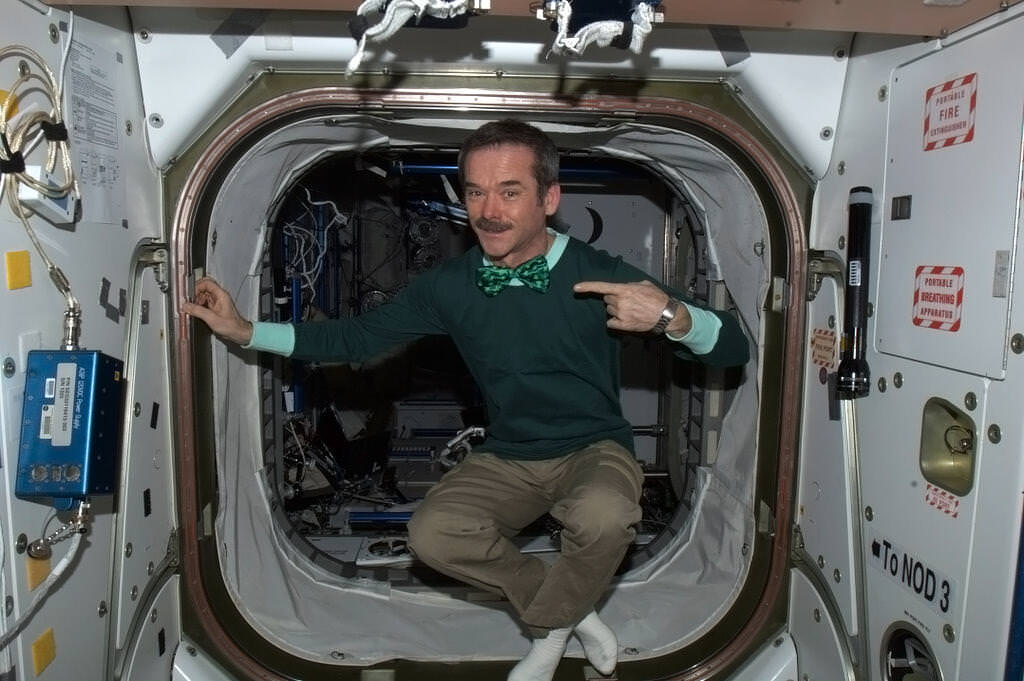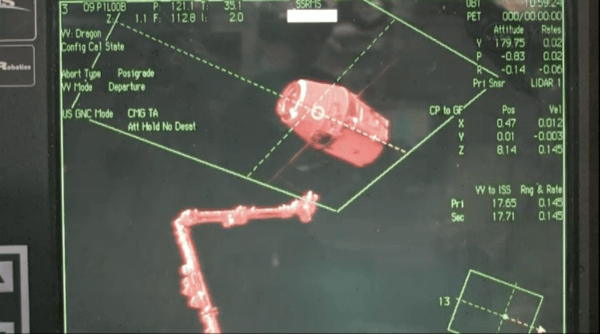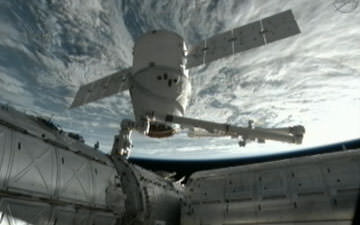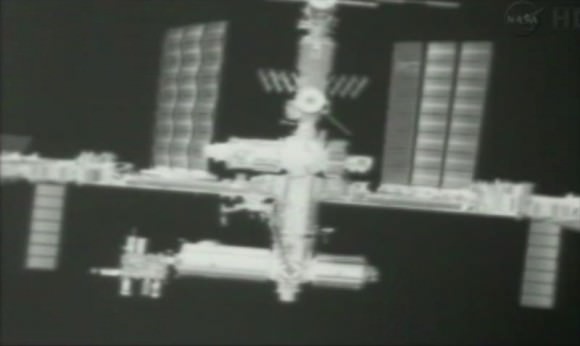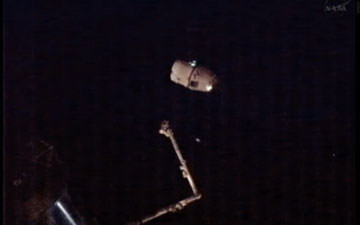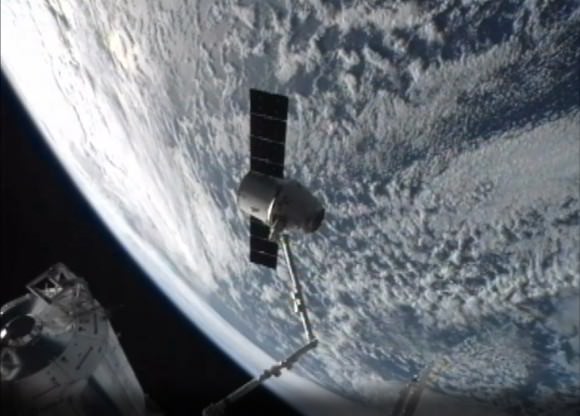A fire breaks out on the International Space Station while the orbiting complex is over Russian mission control. How, as an English-speaking astronaut, would you keep up with instructions?
The answer is years of Russian training. In between time in simulators, jet airplanes and underwater, neophyte astronauts spend hours learning to read Cyrillic characters and pronounce consonant-heavy words. In fact, one of NASA’s requirements for its astronauts now is to learn the Russian language.
“It’s taken very seriously in the program because of the level you need to reach if, God forbid, there was an emergency on board and there was a panicky discussion going on in Russian on the radio,” Canadian astronaut and medical doctor David Saint-Jacques told Universe Today. “Ultimately, you need to be fluent to be really useful in a situation like that.”
Saint-Jacques himself is no neophyte to language learning. A native francophone, he learned English in public school and really improved it when he was 15 and moved with his family to England for a year. Today he speaks it fluently. He also has some abilities in Japanese, a language he picked up while in that country for a junior academic position at a university.
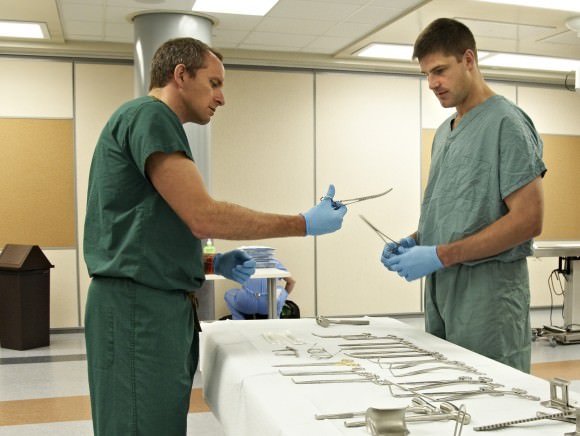
Now approaching four years as an astronaut trainee, Saint-Jacques told us how astronauts learn Russian. It’s a process that not only includes classroom instruction, but time living with a family in Moscow to really pick up on colloquialisms. Below is an edited interview.
What language training focuses on: “The point is not to write perfectly. The point is to communicate, similar to how businessmen learn languages. The emphasis for us is understanding spoken language, but the emphasis for us, the vocabulary, is different. I know all these obscure space hardware words and these crazy Russian space acronyms, but I may not know some of the flowers, for example. I can’t know everything.”
Basic Russian training: “We have Russian classes one-on-one with a Russian instructor. We get anything between one lesson every two weeks to three, four lessons a week, depending on how you accommodate the training schedule. Most astronauts want as much training as possible. It’s part of the requirements for basic training; you have to pass a certain competency test in Russian. There is a standard test that is used by the foreign affairs department, and so we do the same test. It’s a verbal test where you call the examiner on the phone and you have a discussion with them on the phone. If you pass a certain grade on that test, you are good to go.”
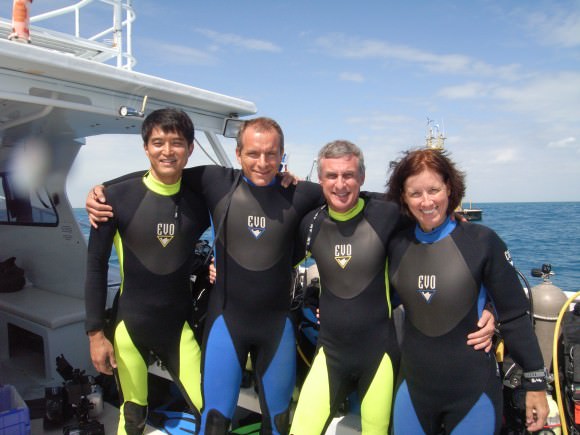
Living in Russia: “You have to go to Russia at some point to learn the Soyuz spacecraft and the Russian segment of space station. That, of course, is in all in Russian. The training is in Russian and the books are in Russian. There are translators that could be there with you, but you don’t want to rely on an interpreter for class. It really hits home; the more you know, the better. You will be living there for months, and it’s a no-brainer: you have to speak Russian when you are going to Russia.”
Immersion: “I took some holidays there [in Russia] with my family. That’s one of the great things when you speak the language of the country; you have fun there. I try to hang out with any Russian cosmonaut that comes here to Houston to keep up with them. There are two other ways we can train: you can block two to three weeks to do an intensive Russian test where all you want to do [beforehand] is study Russian. Also, when you are assigned to a spaceflight, in the year before your spaceflight, they [NASA] will try to send you for a month and a half in Moscow in a family for total immersion. That makes most people bump up their Russian level quite a lot.”
Side benefits: “It makes you realize how at the end of the day, international relations is really a form of personal relations, and speaking a language is absolutely fundamental. It makes you graduate from having a professional experience to a life experience with the other person, the other country.”

